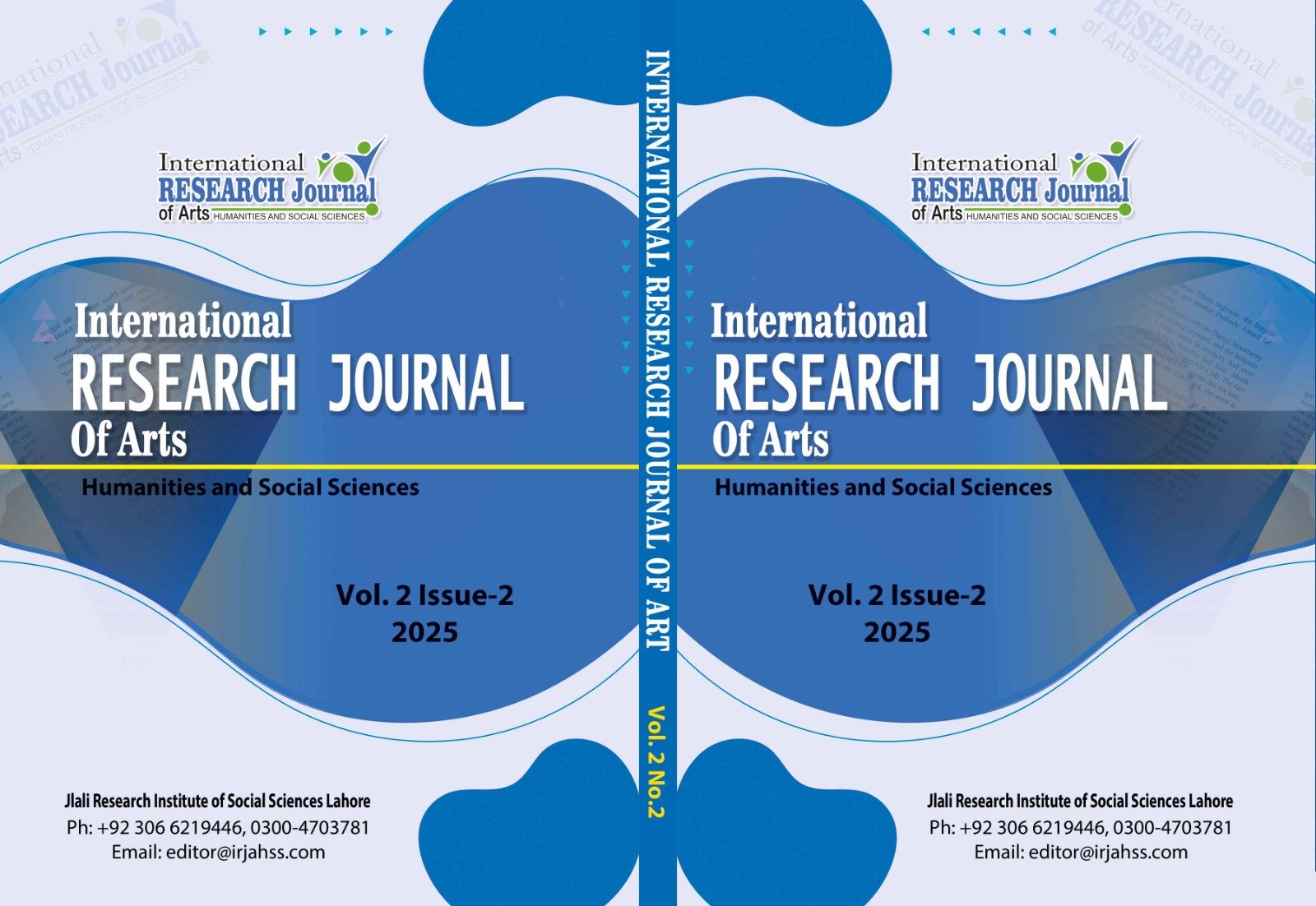A comparative study of stress due to privatization of Government schools among male and female teachers
Abstract
In Pakistan, and especially in Punjab, over the last two decades, the privatization of government schools has been a pivotal and much polemicized educational reform. This includes the transfer of the ownership and the management of schools by the public to private organizations in order to increase school board quality and efficiency. Supporters demonstrate that private schools deliver higher quality education and handle issues related to access and equity in a better way than public schools, particularly in underdeveloped areas. With these changes in private institutions, the government has a big role to play through regulating these private institutions and, it puts a strain on resources in relocating the students, staff and facilities. It has been even further complicated by the enforcement of the Right to Education (RTE) act because it has led to the closure or the merging of performing schools and hence the impact on operatonal capacities. This study examines the effect of this privatization on the levels of stress suffered by male and female teachers in comparison with one another, and the implications this has on educational policy through governance, resource distribution, and community collaboration.
Downloads
Downloads
Published
Issue
Section
License
Copyright (c) 2025 International Research Journal of Arts, Humanities and Social Sciences

This work is licensed under a Creative Commons Attribution 4.0 International License.
Disclaimer: The International Research Journal of Arts, Humanities and Social Sciences (IRJAHSS) upholds the principles of open access, ensuring unrestricted access to scholarly content to foster the sharing and advancement of knowledge. The opinions expressed in the articles solely belong to the authors and do not necessarily reflect the views or policies of the journal's editorial team, editorial board, advisory board or research institute.






